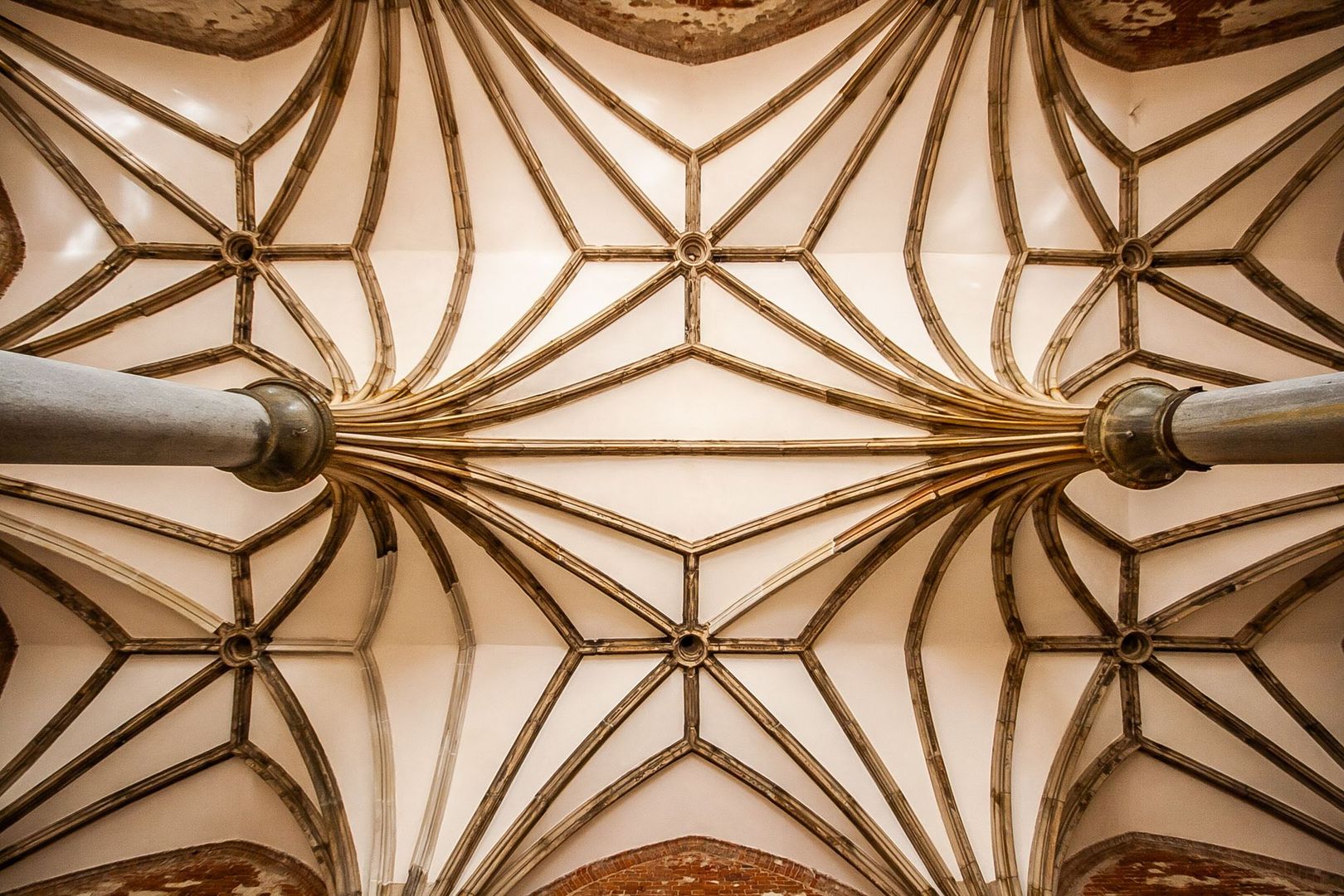Kamieniec Ząbkowicki Palace
6.17

Overview
The Palace in Kamieniec Ząbkowicki is a monumental 19th-century Neo-Gothic landmark, situated on Zameczno Hill in Lower Silesia, surrounded by an extensive park and forest complex covering an area of 1.15 km². It was designed by the renowned architect Karl Friedrich Schinkel, and construction began in 1838. The palace has a rectangular shape, four corner towers, and an impressive volume of 90,000 m³. It is encircled by a wall with round bastions, and its inner courtyards are filled with arcaded cloisters. An important natural feature is the presence of natural monuments, which include unique tree species such as the pedunculate oak and common beech. After World War II, the palace suffered significant damage, and its furnishings were devastated. In 1984, the building was leased to a private entrepreneur, and after his death in 2010, it was taken over by the local municipality, which began its renovation. Today, the palace is open to visitors, and recurring events such as the Tulip Spring or the Science Festival attract tourists. An interesting fact is that a unique variety of apple named Prinz Albrecht von Preussen was cultivated in the palace garden. As an important landmark on the map of Lower Silesia, the palace combines rich history, architecture, and natural treasures, making it an attractive destination for visitors.
Location
2025 Wizytor | All Rights Reserved